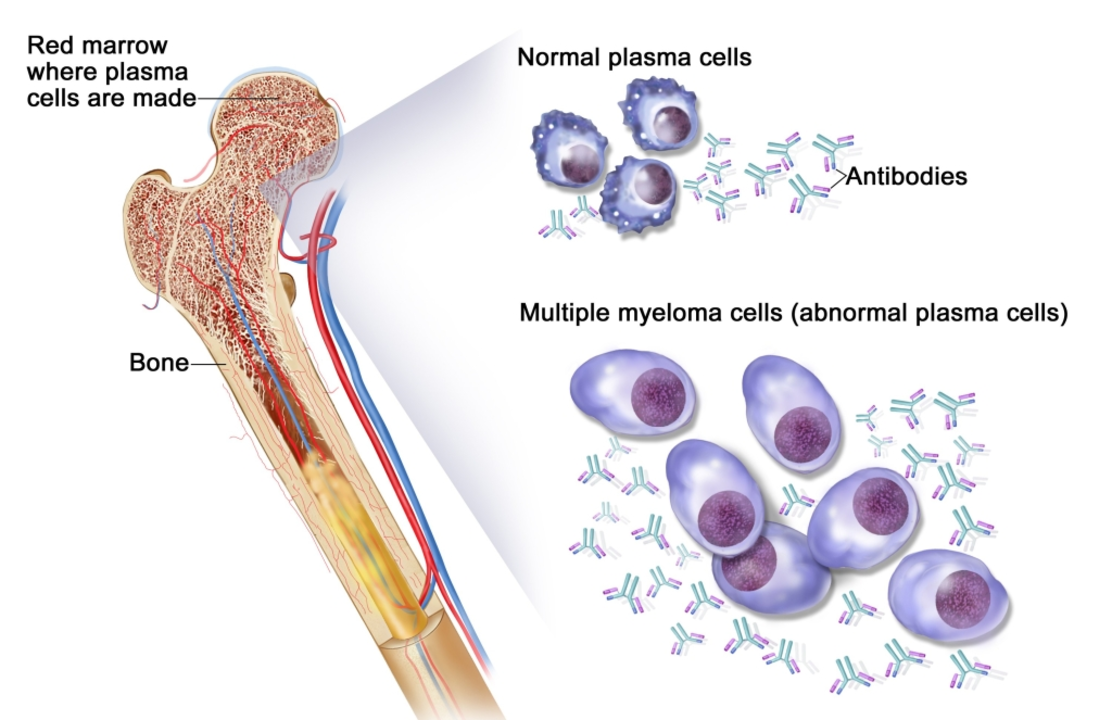In my latest blog post, I've put together a comprehensive guide to help you better understand Multiple Myeloma, a type of cancer that affects plasma cells in the bone marrow. We'll discuss its causes, symptoms, and treatment options, as well as ways to cope with the disease. By the end of the post, you'll have a clearer understanding of this complex condition and how it impacts those who suffer from it. I hope this information will be helpful not only for patients, but also for their families and loved ones. Join me in learning more about Multiple Myeloma and how we can support those affected by it.
Multiple Myeloma: Practical Guide to Treatments, Meds, and Daily Life
Multiple myeloma is a blood cancer that starts in plasma cells. It can cause bone pain, fatigue, infections, and high calcium. The good news: treatments have improved fast. Many people now live longer and with better quality of life. This page gives clear, usable info so you can make smart choices and ask the right questions.
What treatments look like
Treatment plans vary by age, health, and disease stage. Common options include:
- Proteasome inhibitors (like bortezomib): often used early. They help kill myeloma cells but can cause nerve symptoms in some people.
- Immunomodulatory drugs (lenalidomide, thalidomide): used alone or with other drugs. They lower disease activity but raise clot risk, so doctors may add blood thinners.
- Monoclonal antibodies (daratumumab): target specific markers on myeloma cells and are now common in combinations.
- Steroids (dexamethasone): work quickly to reduce symptoms and are almost always part of treatment.
- Autologous stem cell transplant: an intensive option for eligible patients that can give long remission periods.
Doctors mix these tools based on your goals: control disease, reduce symptoms, or aim for remission.
Tips for managing meds and side effects
Know common side effects and how to handle them. If you get numbness or tingling, tell your care team—this could be drug-related neuropathy. If you’re on lenalidomide, ask about blood-clot prevention. Steroids raise infection risk and blood sugar, so watch for fever and check glucose if you’re diabetic. Your care team will order regular blood tests to track counts and kidney function—show up for them.
Bone health matters. Myeloma often weakens bones. Ask about bone-strengthening drugs like bisphosphonates and get a dental check before starting them. Use pain control, physical therapy, or braces as recommended to stay active safely.
Infections are a real concern. Stay up to date on vaccines your oncologist approves, wash hands often, and avoid crowded sick settings during low counts. If you get a fever, seek care right away.
Thinking about meds online? We have guides on buying medicines safely and finding trusted pharmacies. If you shop online, pick licensed sources, check reviews, and avoid deals that look too good to be true.
Practical questions to ask your doctor: What are the goals of my treatment? What side effects should I expect? How will we monitor response? Are clinical trials an option for me? Who do I call after hours?
Support helps. Look for local or online myeloma groups for tips on daily living, financial aid, and caregiving. Prescription savings clubs and discount programs can lower costs — see our articles for comparisons.
Use the links below to read specific guides on medications, buying meds online, and patient resources. If you want a quick answer, contact your care team or reach out to a pharmacist. Small steps—tracking symptoms, attending labs, and asking clear questions—make a big difference.

